Reviewed by Jame Jimenez
Difficulty: Novice
Time: 15 minutes prep
Cost: ~$20-30 for a family of four
Why You'll Like This
When you're staring down a long stretch of highway with restless kids in the backseat, smart snacking can be the difference between a peaceful journey and total chaos. Five minutes in, someone is hungry. By mile fifty, the chorus of “Are we there yet?” kicks in. Experienced travelers know that bringing your own snacks and meals keeps everyone fueled without breaking the bank. Smart packing strategies can prevent those dreaded meltdowns while saving serious money compared to constant fast-food stops. The secret is not just what you pack, but how you pack it. Less sticky fingers, fewer crumbs, quieter backseat. Bliss.
What You'll Need
Materials
1 large cooler with ice packs
4-6 compartmentalized containers (tackle boxes or bento boxes work great)
Reusable containers or zip-lock bags for portioning
Paper towels and wet wipes
Spill-proof water bottles
Tools
Can opener (if needed)
Small knife for cutting (prep at home)
Permanent marker for labeling
Safety First
Keep perishable foods at or below 40°F (4°C) in a cooler with ice packs.
Pack raw foods separately from ready-to-eat items.
Adult supervision required when kids are eating in moving vehicles, pull over for messy snacks.
Keep known choking-hazard foods (for example, whole grapes) away from children under 4; cut or prepare age-appropriate pieces and supervise eating.
Smart Snack Selection That Actually Works
The best travel snacks share three qualities: they are mess-free, satisfying, and do not melt in a hot car. Trail mix provides sustained energy with its combination of nuts, dried fruit, and protein, which makes it perfect for long stretches between stops. That sweet-salty hit curbs cravings without the sugar crash, and the crunch keeps hands busy and minds calmer.
Hard-boiled eggs offer protein-packed nutrition that's easy to prepare ahead of time and stays fresh when properly stored.
Pro tip: Peel them before you leave and pack them in a small container. Nobody wants eggshells rolling around at 70 mph.
Fresh fruits like apples, bananas, and grapes travel exceptionally well without creating sticky messes or requiring utensils. Apples are particularly genius because they do not bruise easily and actually help clean your teeth between stops.
What to avoid: melted chocolate creates car seat disasters you'll regret. Skip chocolate in summer and choose alternatives like pretzels, whole-grain crackers, or air-popped popcorn that satisfy cravings without the cleanup nightmare.
The Snackle Box Game-Changer
Here is where things get interesting: enter the snackle box revolution. Snackle boxes are portable charcuterie boards made from compartmentalized containers that keep different snacks separate and accessible. Think of it as a tackle box for food; the clever name fits, and it will change how your family snacks on the road.
Using containers with removable dividers lets you customize portions while preventing the everything-mixed-together mess that drives parents crazy. Crackers stay crisp, grapes stay juicy, and trail mix keeps its crunch.
The real magic is portion control. Pre-portioning snacks into single servings eliminates arguments about who gets what and helps manage sugar intake. Fill compartments with a strategic mix, crunchy nuts in one section, chewy dried fruit in another, salty crackers here, a few sweet treats for special moments.
Why it works, variety keeps everyone interested and stops boredom snacking. It turns snack time into something kids actually look forward to, not another source of car chaos.
Meal Prep That Saves Your Sanity
Do not stop at snacks; a little meal planning can eliminate expensive restaurant stops entirely. Preparing packable meals ahead of time ranks as one of the best road trip strategies, saving both money and time. A typical gas-station sandwich often costs around $6–$8, but prices vary by location; homemade sandwiches are usually cheaper and let you control ingredients.
Cold pasta salads and grain bowls travel well in sealed containers and deliver substantial nutrition that keeps everyone satisfied. Think of a Mediterranean pasta salad with olives, tomatoes, and feta. Or a hearty grain bowl with quinoa, roasted vegetables, and a tangy dressing that still tastes great after a few hours on ice.
Pack smart, prepare meals the night before your departure, store them in leak-proof containers, and tuck them into the coldest part of your cooler. Include utensils and napkins with each meal container so you are not frantically searching at a rest stop.
Keeping It Fresh and Organized
Your cooler setup can make or break your food strategy, and this is where a lot of families go wrong. A high-quality cooler with proper ice management keeps food fresh for days, turning your car into a mobile kitchen. You do not need anything fancy, just a good seal and enough space for your crew.
Many hotels provide ice to guests; policies for non-guests vary—check with the front desk. Reusable ice packs can be refrozen at hotels or Airbnbs for multi-day trips, which gives you more flexibility than relying on regular ice alone.
Organization tips: Keep drinks in spill-proof bottles and place your snack storage within reach of the driver or passenger. Use clear containers so everyone can see what is available. Pack snacks in the order you want them: morning options up front, afternoon treats in the middle, evening goodies toward the back.
Cleanup & Disposal
Pack wet wipes and paper towels separately for easy cleanup access.
Bring a small trash bag or a car organizer for wrappers and containers.
Store dirty containers in a separate bag until you can wash them.
Dispose of ice and perishables properly at overnight stops.
Making It Work for Your Crew
Every family has different needs, and these strategies flex to fit. Involving kids in snack selection and preparation builds excitement and increases the odds they will eat what you pack. Let them choose between two healthy options, or give them ownership of a snackle box compartment.
For families with allergies, separate containers prevent cross-contamination and keep everyone safe. It is not just physical separation; it is peace of mind when you are hours from the nearest hospital. Label everything clearly, and consider a completely separate cooler if allergies are severe.
Resupply strategy, planning grocery stops every few days, lets you restock fresh items and try local specialties without blowing your budget. You get the savings and convenience of packed meals, plus the fun of discovering regional favorites along the way.
Troubleshooting
Problem: Snacks getting crushed in containers → Fix: Pack harder items on bottom, softer items on top, use rigid containers for fragile snacks.
Problem: Ice melting too quickly → Fix: Pre-chill cooler overnight, use block ice instead of cubes, keep cooler in shade, and avoid opening frequently.
Problem: Kids eating all snacks at once → Fix: Keep snacks with adults and distribute slowly, create a simple snack schedule with specific times.
Variations & Upgrades
Budget option: Use empty yogurt containers with lids instead of purchasing special containers.
Upgrade, invest in a 12V cooler that plugs into your car for extended freshness.
For long trips, pack a separate emergency snack bag with non-perishables for unexpected delays.
The key is preparation. A little time before departure, organizing your food strategy, will save hours of stress and plenty of dollars on the road. Your future self and your family will be grateful when mile 200 rolls around and everyone is still happy, fed, and ready for adventure.
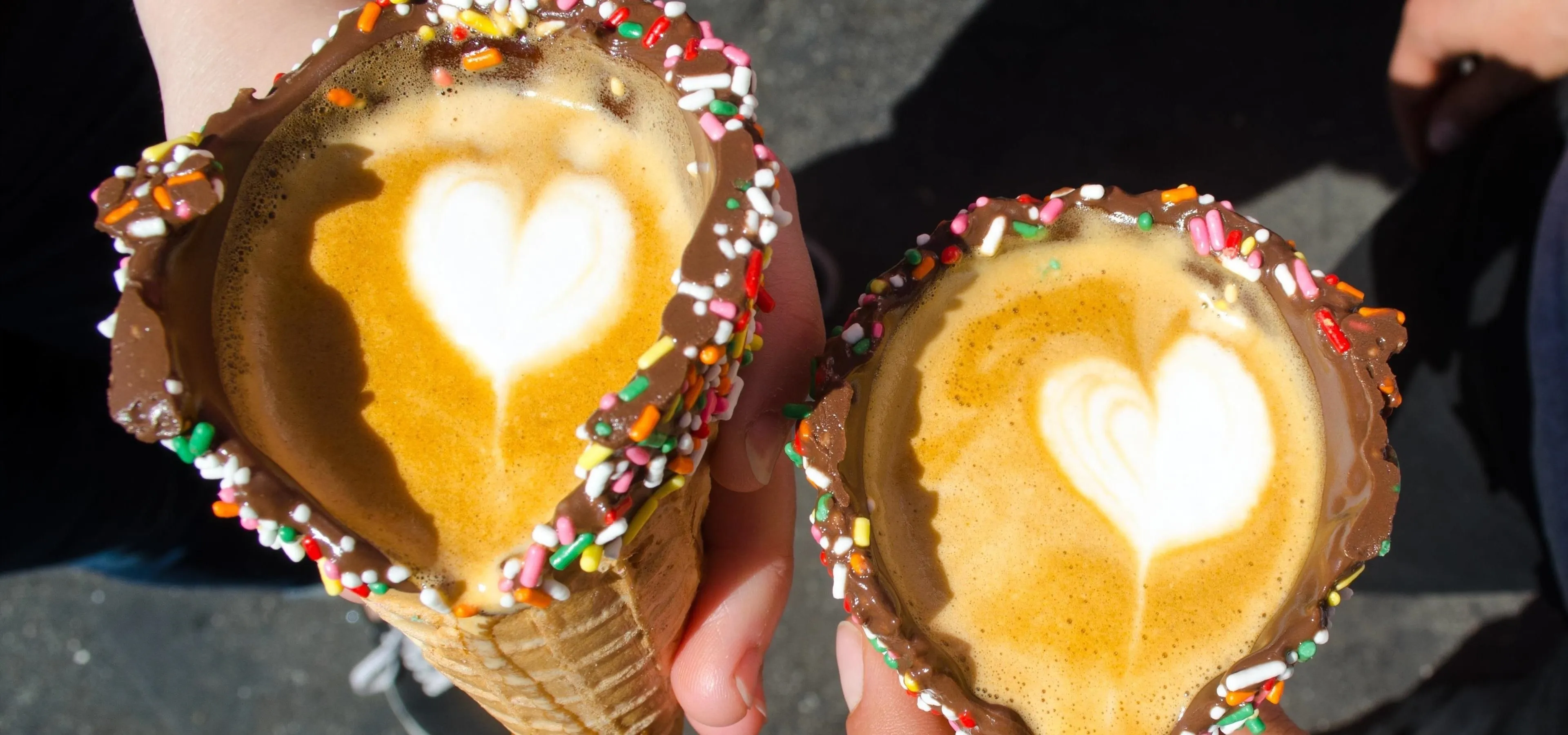




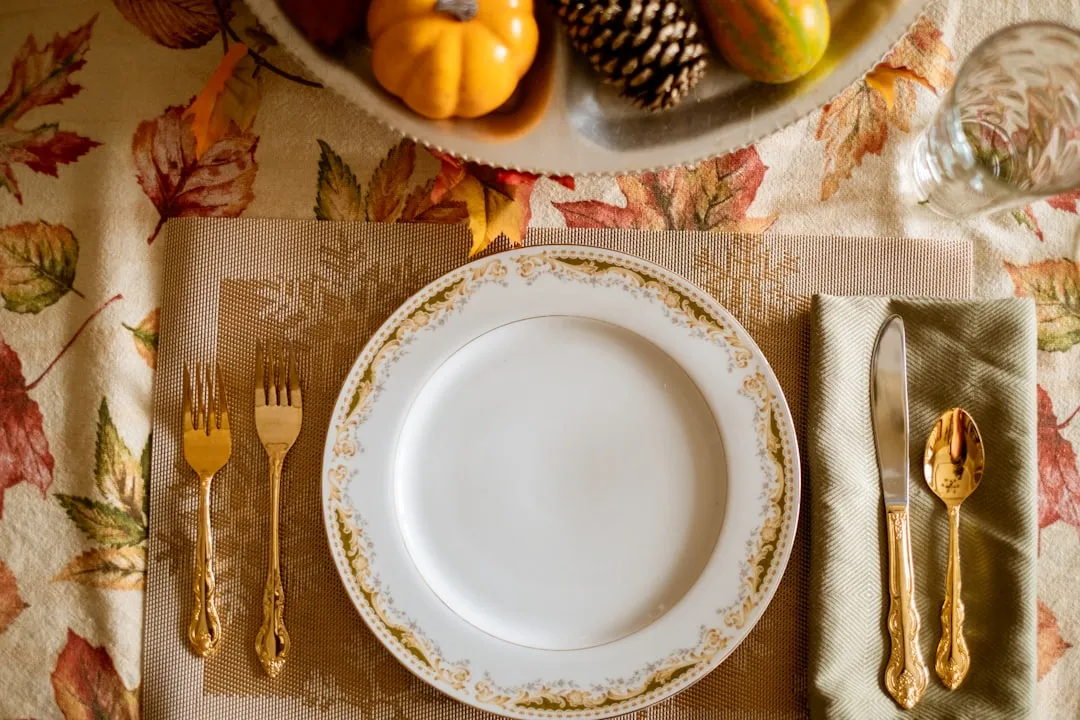

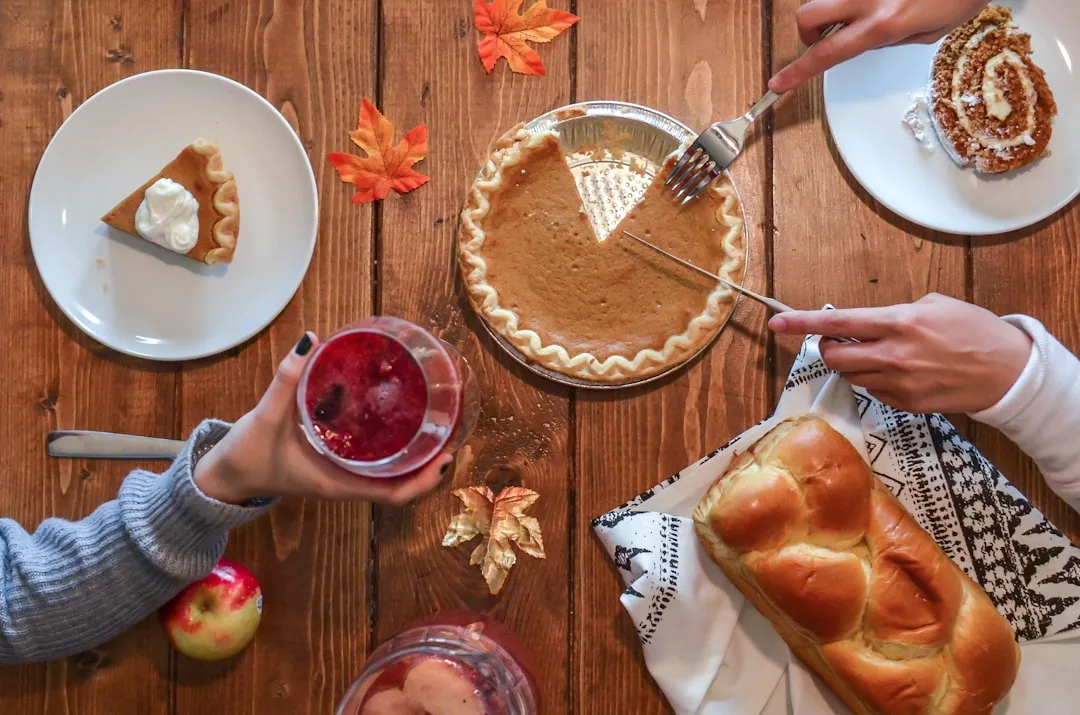
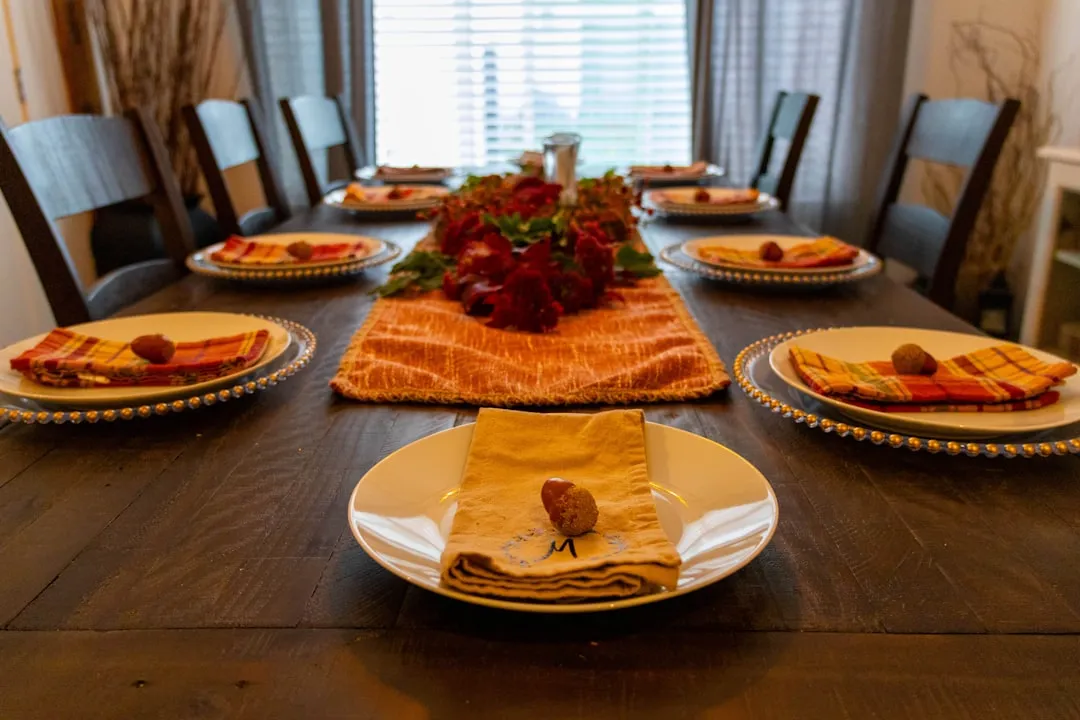
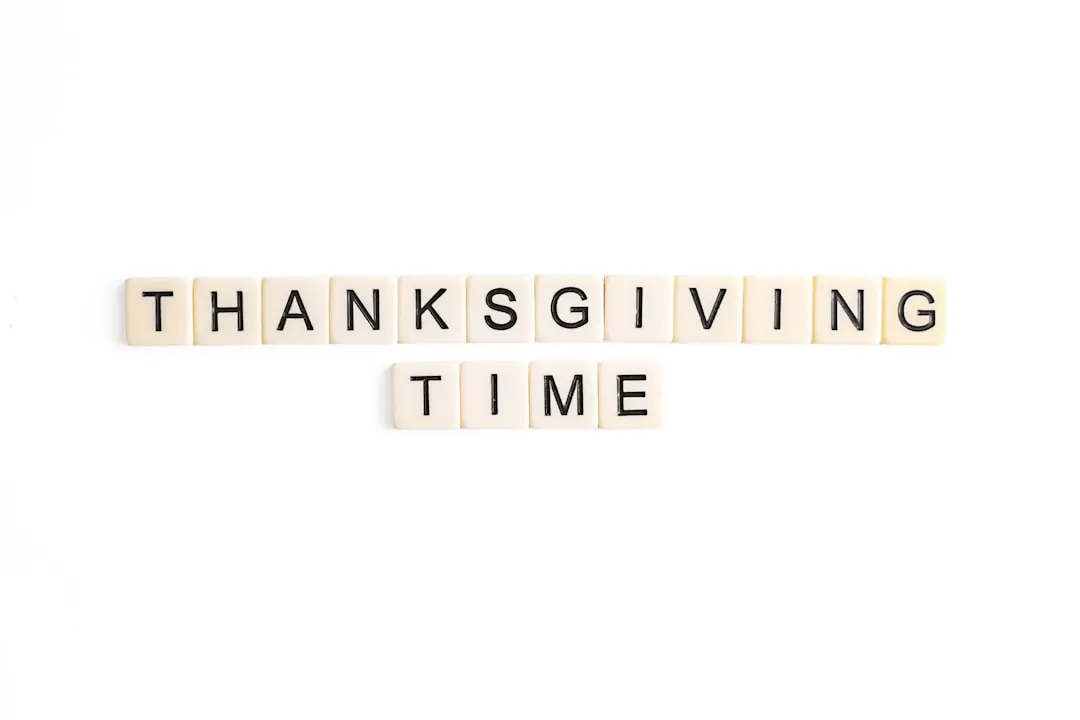



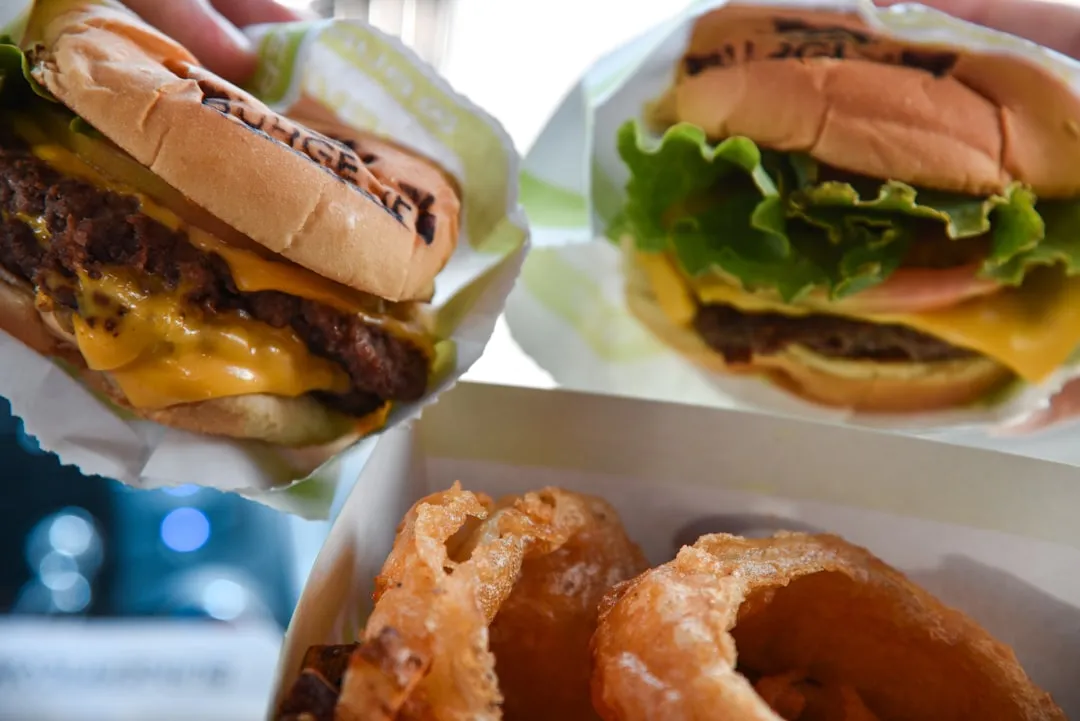
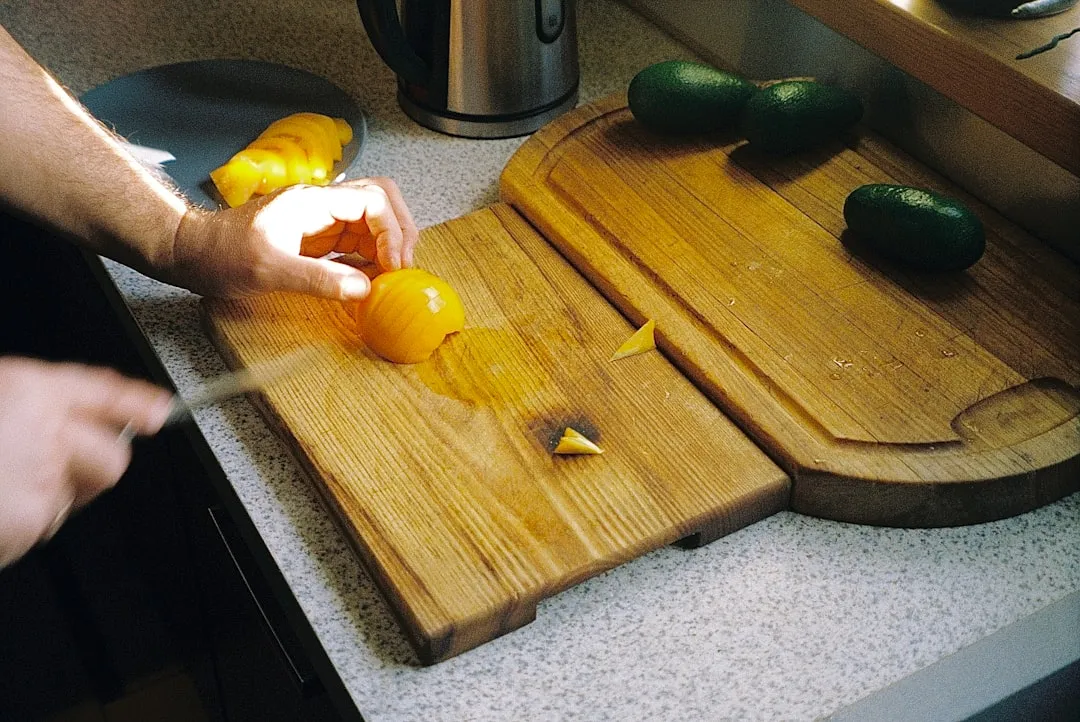

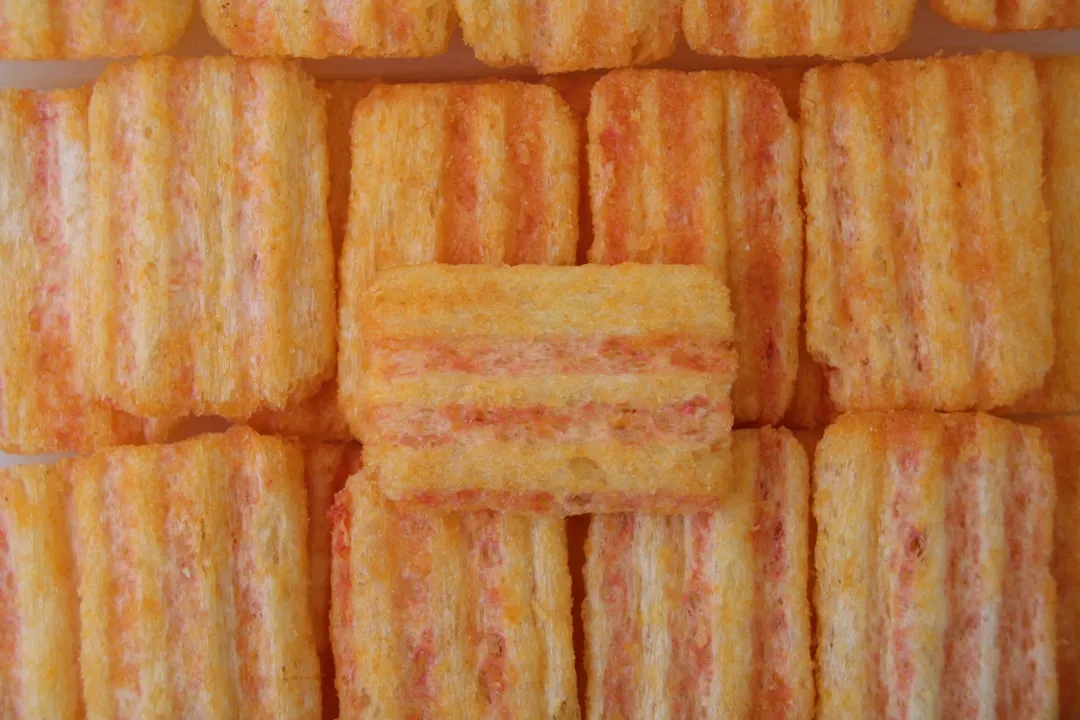
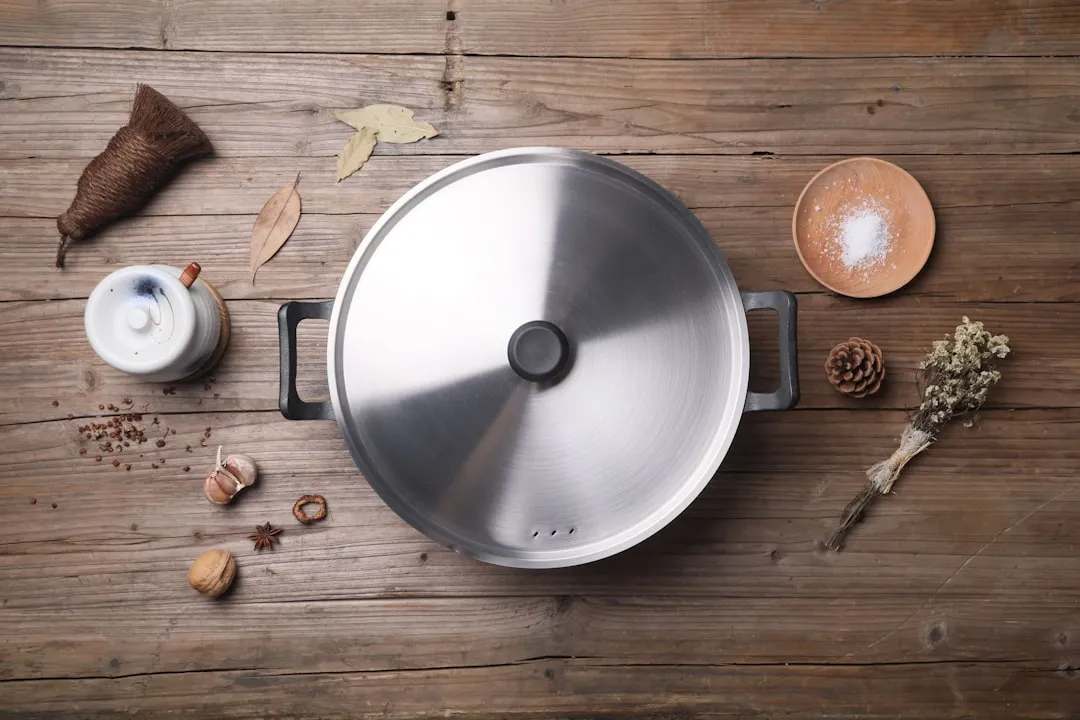

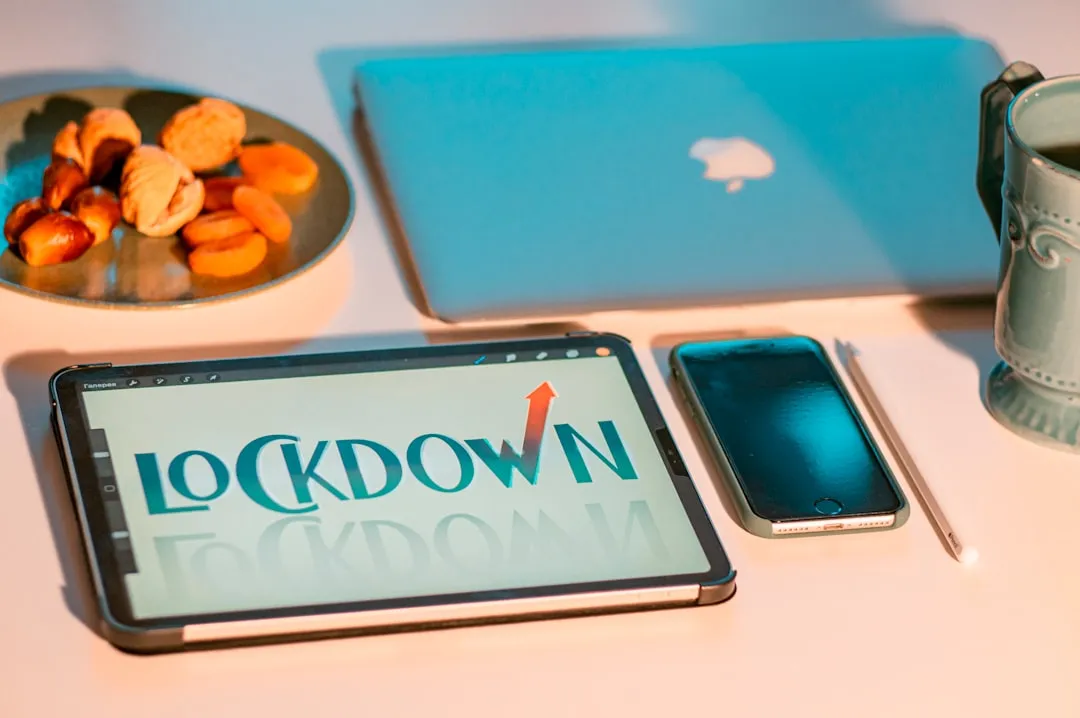
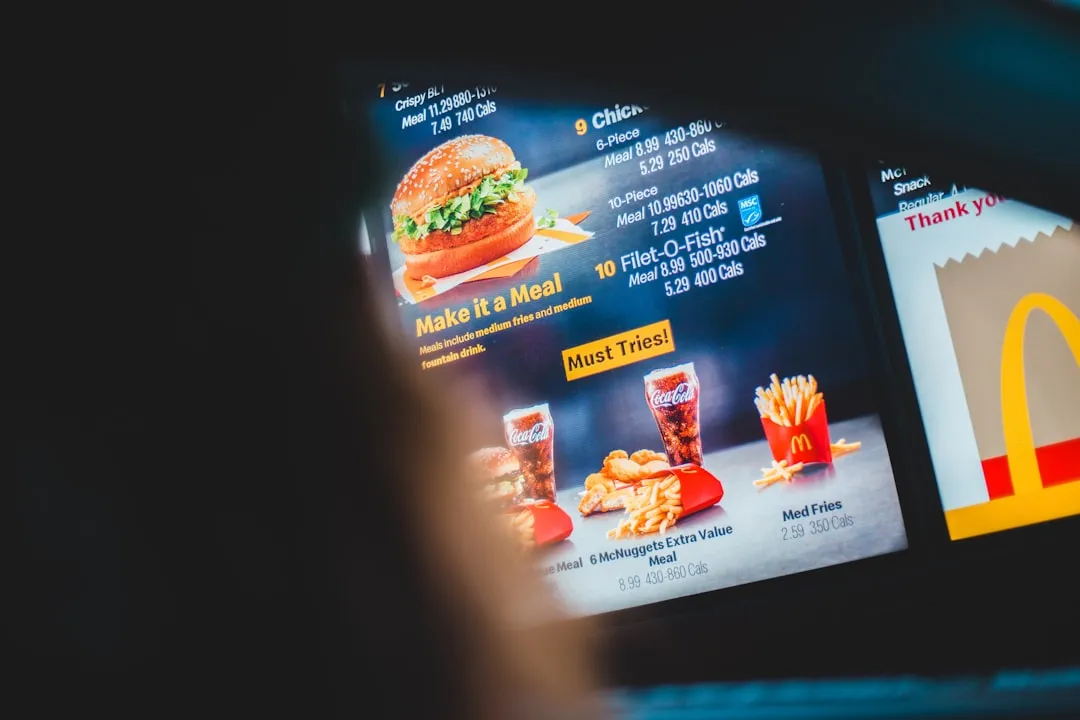
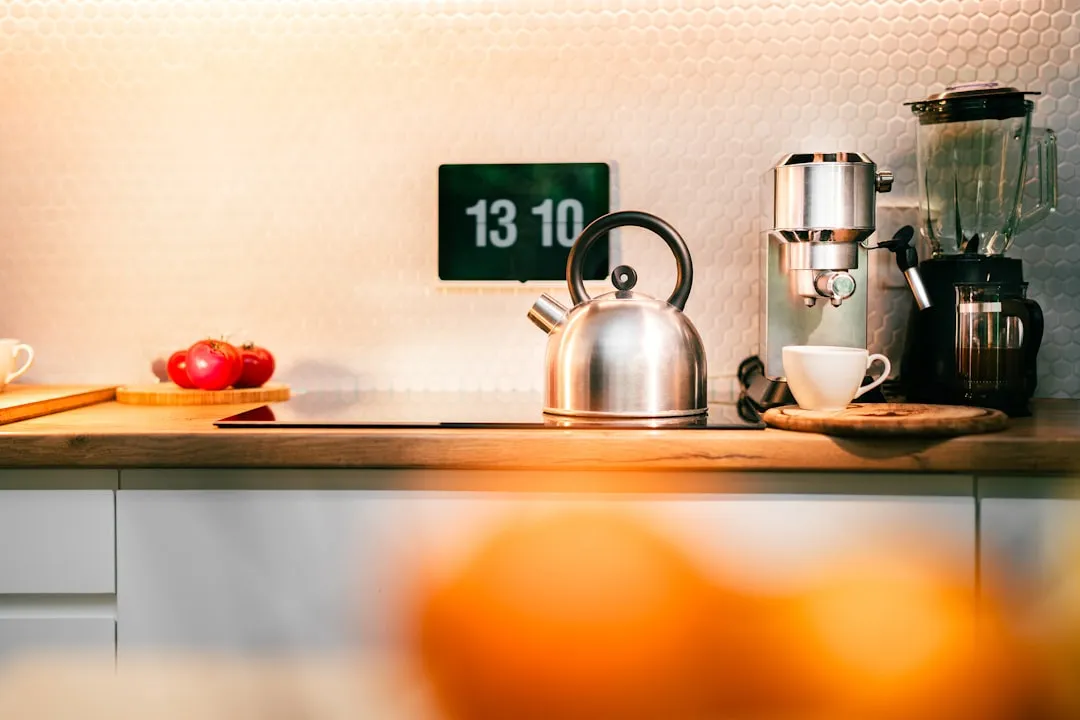
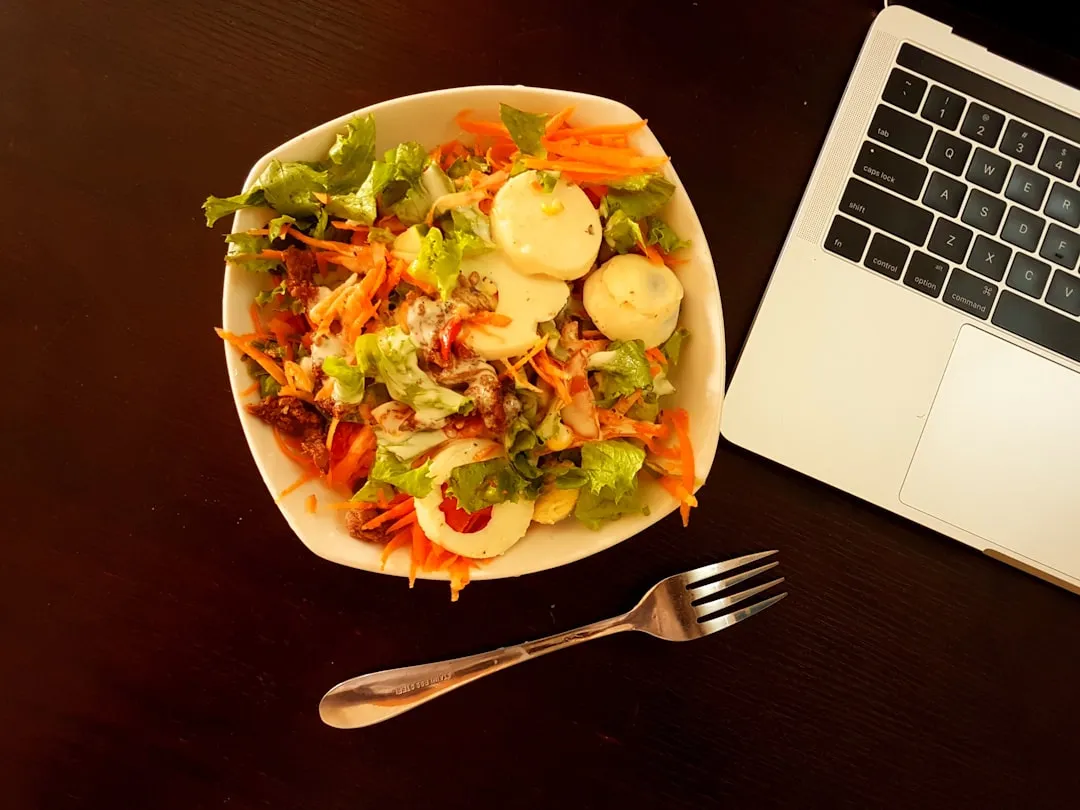
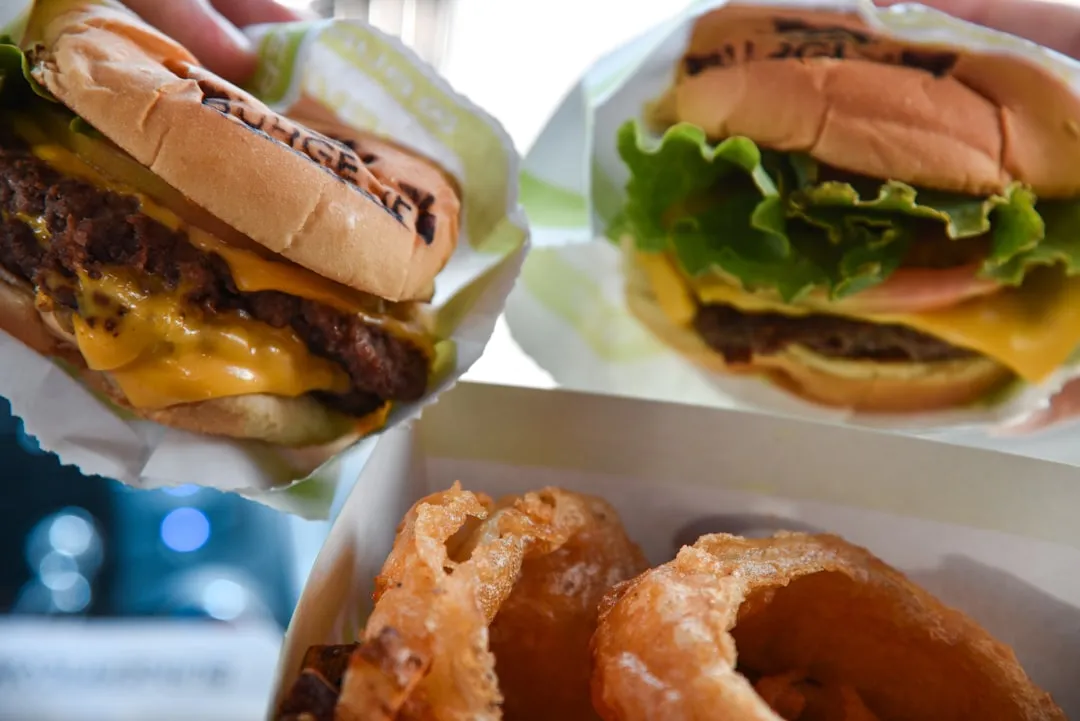

Comments
Be the first, drop a comment!